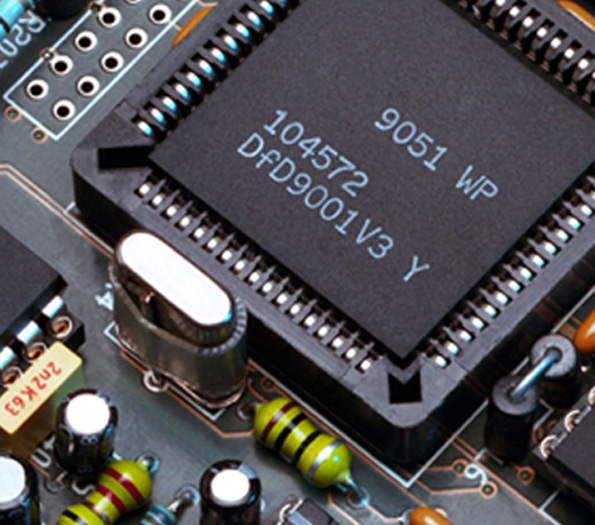

Understanding the Cost of Low-E Glass per Square Metre
In today’s construction and renovation market, energy efficiency and sustainability have become paramount considerations for both residential and commercial projects. One of the most effective ways to enhance the energy performance of a building is through the use of Low-E (low-emissivity) glass. This specialized glazing not only improves a building's thermal insulation but also contributes to overall energy savings and comfort. As the demand for this cutting-edge material continues to grow, understanding its cost per square metre is crucial for budget-conscious homeowners and builders alike.
What is Low-E Glass?
Low-E glass is designed with a microscopically thin coating that reflects heat while allowing natural light to pass through. This coating helps to reduce the amount of solar heat that enters a building, while also minimizing the escape of indoor heat, thus maintaining a comfortable indoor environment throughout the year. There are two primary types of Low-E coatings hard-coat and soft-coat. Hard-coat Low-E glass is typically applied during the manufacturing process, while soft-coat is applied in a vacuum environment, offering superior performance but at a higher cost.
Factors Influencing Low-E Glass Cost
The cost of Low-E glass can vary significantly based on several factors, including
1. Type of Glass Hard-coat Low-E glass tends to be less expensive than soft-coat varieties, as the manufacturing process for hard-coat is simpler and less intensive.
2. Thickness and Size The thickness of the glass can impact the price, with thicker panes generally being more expensive. Additionally, custom sizes or shapes can lead to higher costs due to increased fabricating time and material waste.
3. Quantity Ordered Like many building materials, purchasing in bulk can lead to discounts. Contractors and builders might benefit from lower costs per square metre when purchasing large quantities.
4. Installation Costs Beyond just the price of the glass itself, installation costs can vary depending on the complexity of the project, location, and labor costs.

5. Additional Features Low-E glass can be combined with other energy-efficient technologies, such as inert gas fills (like argon or krypton) and multiple glazing (double or triple glazing), which can further influence the overall cost.
Cost Analysis
As of recent estimates, the cost of Low-E glass can range from $50 to $150 per square metre, depending on the factors mentioned above. This pricing contrasts with traditional glass, which generally costs between $30 to $70 per square metre. While this initial investment might seem steep, the long-term savings on heating and cooling costs can more than offset the price difference.
For instance, a typical residential window using Low-E glass can help save energy bills by 10-25% annually, depending on local climate conditions and building usage. Over time, the return on investment becomes increasingly attractive for homeowners concerned with energy efficiency.
Long-Term Benefits
Investing in Low-E glass not only contributes to immediate energy savings but also enhances the value and marketability of a property. Energy-efficient homes tend to attract environmentally conscious buyers, often leading to quicker sales and higher offers. Additionally, some regions offer tax credits and incentives for energy-efficient upgrades, which can help mitigate initial costs.
Furthermore, Low-E glass contributes positively to indoor comfort. By controlling temperature and reducing glare from direct sunlight, it creates a more enjoyable living and working environment.
Conclusion
The cost of Low-E glass per square metre is a crucial consideration in modern construction and renovation projects. While it comes at a higher upfront price compared to traditional glazing options, its benefits — such as improved energy efficiency, reduced energy bills, and increased property value — make it a worthy investment. As builders and homeowners continue to prioritize sustainability and energy savings, the trend towards Low-E glass usage is expected to grow, making it an integral part of future architectural designs. By understanding the true costs and benefits associated with Low-E glass, stakeholders can make informed decisions that align with their financial goals and environmental values.